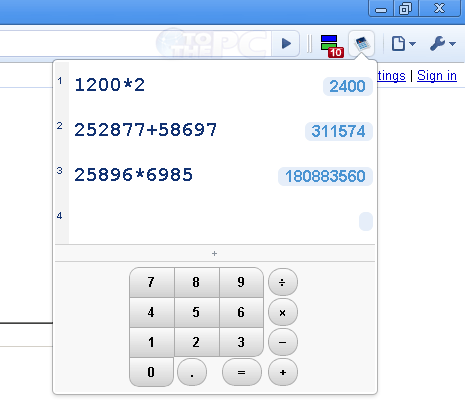

This uses only a basic division operator to give you the decimal number ( 0.5).Ĭonverting this cell number type to Percentages by clicking Home > Percentage Style button will show the correct percentage figure of 50%.Ĭalculating the percentage of a number is something that you’ll encounter in day-to-day life. Using cell references, where $100 is in cell B3 and $50 is in cell B4, the excel formula required is =B4/B3. In Excel, the formula to calculate this example would be =50/100.

To give you an example, if you have a debt of $100, and you’ve already paid $50, then the proportion of the debt you’ve paid (and coincidentally still owe) is 50%. This requires an even simpler mathematical calculation than a percentage change. This is the difference between one number, as your complete figure, and a smaller number. Setting the cell number type to Percentages using the Home > Percentage Styles button will change the decimal figure ( -0.2) to a percentage ( -20%).Ĭalculating a Percentage as a Proportion of a NumberĮxcel can also help you calculate a percentage as a proportion. Excel displays this as a negative decimal number ( -0.2) in cells B7 and B8 above. The difference between October and November’s figures is 20%. Using cell references, if October’s bill amount of $125 is in cell B4 and November’s bill amount of $100 is in cell B5, your Excel formula for a percentage decrease would be =SUM(B5-B4)/B4. The only difference is that the first number will be smaller than the second number.Ĭontinuing the above example, if a household bill is $125 in October, but it returns to $100 in November, you would use the excel formula =SUM(NEW-OLD)/OLD or, in this example, =SUM(100-125)/125. You subtract the second number from the first, then divide it by the first number. To calculate the percentage decrease between two numbers, you’ll use an identical calculation to the percentage increase. You can also right-click your cell, click Format Cells, then select Percentages from the Category > Number menu to achieve the same effect. Select your cell, then click the Percentage Style button in the Home tab, under the Number category.

If you want to display this figure as a percentage in Excel, you’ll need to replace the formatting for your cell. The percentage increase between September and October is 25%, with this figure shown as a decimal number ( 0.25) by default in Excel using the formula above. For example, if September’s bill amount is in cell B4 and October’s bill amount is in cell B5, your alternative Excel formula would be =SUM(B5-B4)/B4. If your figures are in separate cells, you can replace numbers for cell references in your formula.

To calculate this difference, you could use the excel formula =SUM(NEW-OLD)/OLD or, for this example, =SUM(125-100)/100 in Excel. To give you an example, the cost of a household bill costs $100 in September, but $125 in October. Using the sum of this figure, divide this remaining figure by the original number. The basic mathematical approach for calculating a percentage increase is subtracting the second number from the first number. Percentage increases involve two numbers. And perform other percentage calculations like percentages of a number.
#Basic math calculator tab for google chrome how to#
Here’s how to use Excel to calculate percentage increases and decreases. If you remember your school math, the process for calculating percentages in Excel is pretty similar.


 0 kommentar(er)
0 kommentar(er)
